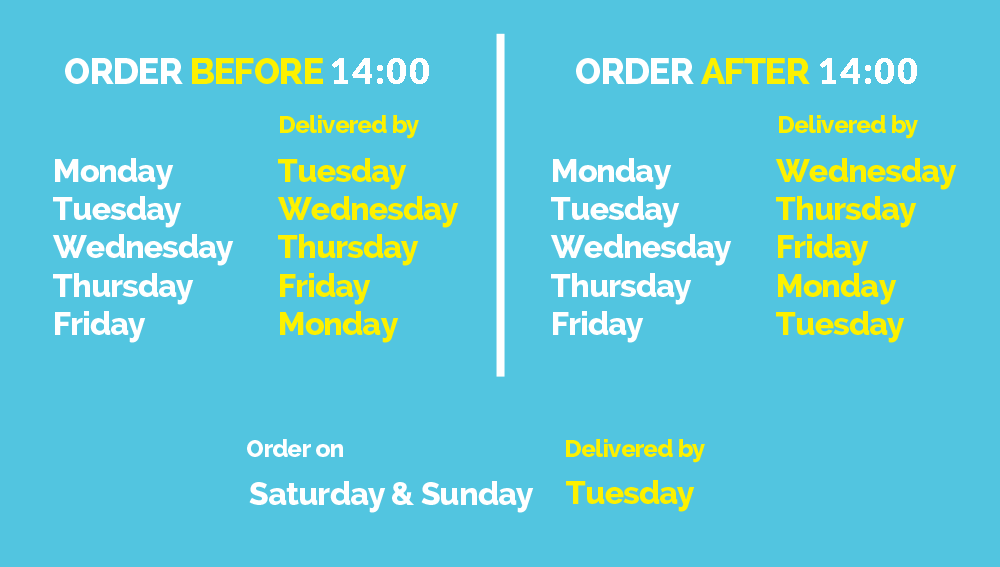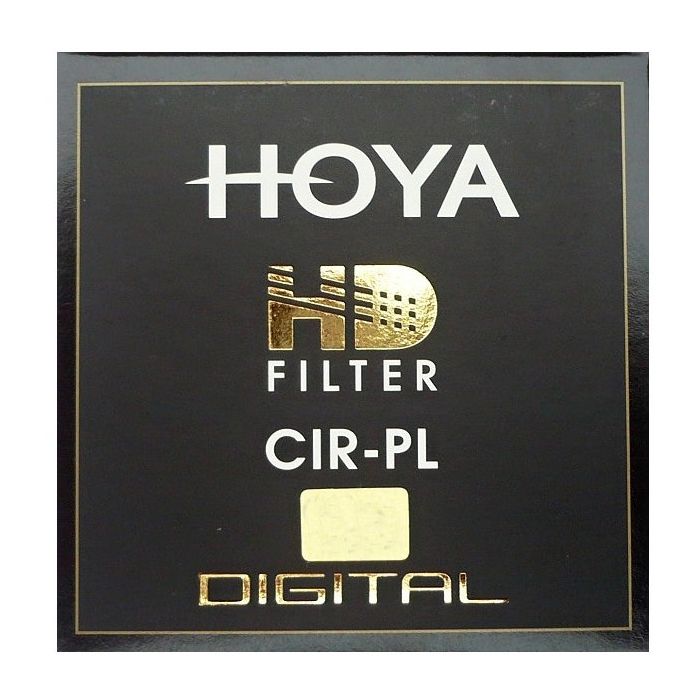
Hoya HD Circular Polariser Filter 77mm
Highlights
- Filter Size: 77mm
Product code: 23757
Hoya HD Circular Polariser Filter 77mm
£105.00
RRP £135 (SAVE £30.00)
Sold Out
Click Here for more optionsNo used versions available
Product Details
HD POLARIZING FILM
- High Transparency & High Durability UV Absorbing Film
- 25% Greater Light Transmission than Standard Polarizing Film
HD COATING
- 8-layer Anti-Reflective Multi-Coating
- Water & Oil Repellent, Scratch & Stain Resistant
HD FRAME
- Wide-Angle Lens Compatible Ultra Thin Frame
- Glass Mounted with High Pressure Press Technology
Colour and contrast enhancement
Light rays which are reflected by any surface can become polarised so polarising filters are used to select which light rays enter your camera lens. CIR-PL filters allow you to remove unwanted reflections from non-metallic surfaces such as water, glass etc. They also enable colours to become more saturated and appear clearer with better contrast. This effect is often used to increase the contrast and saturation in blue skies and white clouds. HOYA's polarising filters do not affect the overall colour balance of a shot.
So what is a Circular Polariser?
With thanks to ericleslie.com
What does a CPL do?
The first thing people discover they can do with their CPL is darken the sky to create more impact and make the clouds more dramatic. While this is useful, you have to be exactly 90 degrees from the sun in order for the effect to work evenly across the whole sky. You’ll see instances where only one corner of your sky is darkened when you’re positioned at a different angle. In my work, the composition is everything, so I’m not going to move around to get a weaker composition in order to maximize the polarizing affect on the sky. I prefer to darken the sky in post production by adding black to the blue channel. This trick looks natural and you aren’t plagued by it only working in a single corner. So I don’t usually use a CPL to darken my skies because I can usually do a better job in post.
The next thing people learn they can do is eliminate reflections on water. I shoot a lot of water and the impact of being able to see past the reflection showing the rocks and detail below cannot be replicated in post production. This is a great way to use your CPL and I use it for this all the time.
What you didn’t know a CPL can do
Now, lets talk about something most articles don’t teach you about CPLs. Light reflects off of all sorts of surfaces. Everything from rocks to leaves. If white light is reflecting off of the fall leaves or cobble stones at a beach, the original colour of the object is getting drowned out with the reflection. This obviously hurts the colour saturation and while you can always try to get that back in post, it doesn’t have the same natural feel of getting the colour right off the leaves themselves. So use a CPL for colour saturation.
Contrast is also compromised significantly. It’s common for an un-polarized image to have the shadows masked by reflections. This shifts the histogram towards the highlights. So by eliminating the reflections, more shadow detail is allowed to come through. This also relates to colour saturation. In order for colour to be rich and full of body, you need black. So use a CPL for image contrast.
The last thing you can do with your CPL that you never thought of was boosting reflections. Sometimes when I’m shooting a body of water, like a lake, I may not want to see through the surface. Sometimes the water is calm and I want to capture the sky’s reflection on the water. In one CPL position, the reflection gets minimized allowing the light from the bottom of the lake to come through. In the other position, the opposite is true. The light from the bottom of the lake gets filtered which actually enhances the reflection. If the conditions are right, the water’s surface can turn into a perfect mirror which has tremendous impact on the viewer.
Product Reviews
Delivery Information










